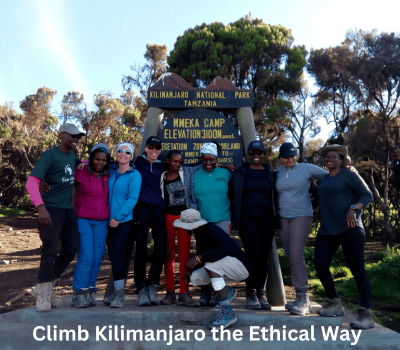How Long Does It Take to Climb Kilimanjaro Afrika
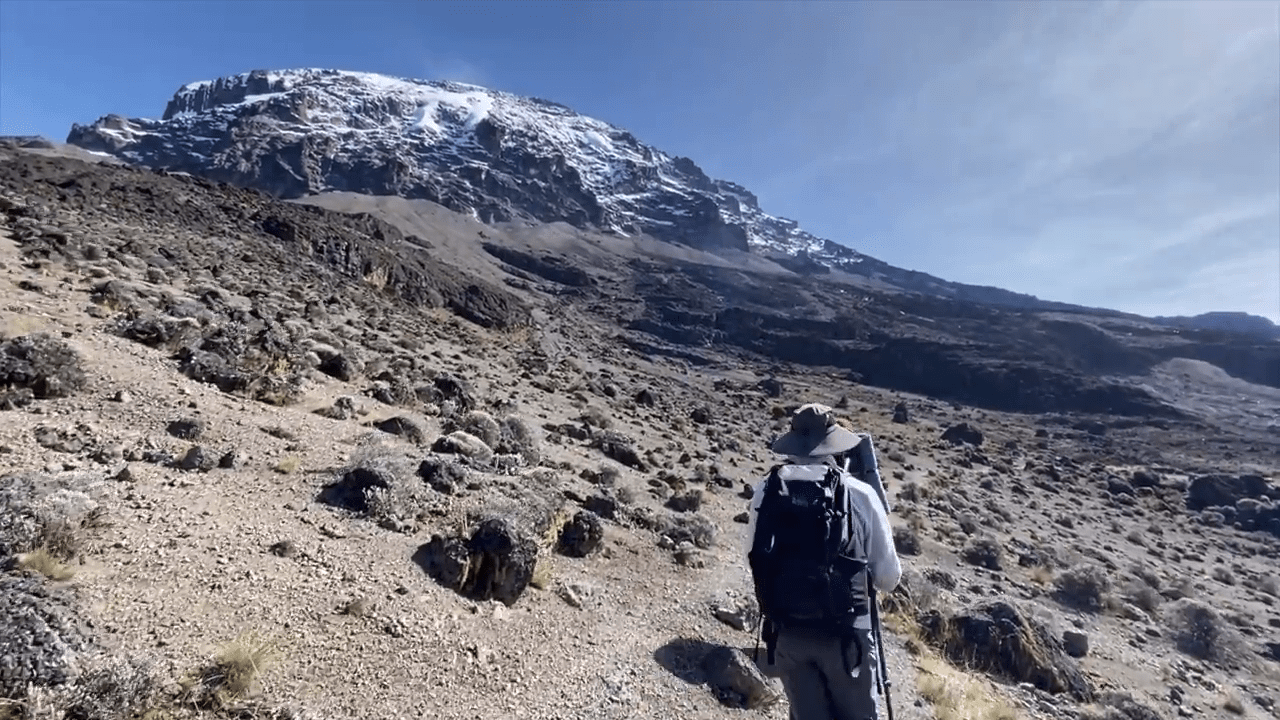
Introduction: Understanding the Journey Ahead
Why the Duration of the Climb Matters
Mount Kilimanjaro—Africa’s highest peak and the world’s tallest free-standing mountain—isn’t just a climb; it’s an experience that challenges your body, tests your mental resilience, and connects you with nature like nothing else. But before strapping on your boots and booking that plane ticket to Tanzania, there’s one big question on every trekker’s mind: How long does it take to climb Kilimanjaro Afrika?
Spoiler alert: there isn’t one fixed answer. The duration of your Kilimanjaro climb depends on various factors including your route, acclimatization schedule, physical fitness, and even the time of year you choose to go. Some routes take just five days, while others stretch out to nine or even ten for optimal success and enjoyment.
This guide is here to break it all down for you—from route-specific timelines to the science of acclimatization and how to choose the right itinerary for your goals. Whether you’re planning a fast-paced summit attempt or a slower, scenic journey, understanding the time required will help you prepare mentally, physically, and logistically.
Trust us—when it comes to Kilimanjaro, more time usually means a better, safer, and more successful experience. So let’s dig in and explore what it truly takes to reach the Roof of Africa.
It’s Not Just Distance—It’s Altitude and Acclimatization
At first glance, climbing Kilimanjaro might seem relatively straightforward. The total distance to the summit and back is around 60–75 kilometers (37–47 miles), depending on the route. A seasoned hiker could technically cover that in just a few days, right?
Well, not quite.
Kilimanjaro’s biggest challenge isn’t the distance—it’s the altitude. At 5,895 meters (19,341 feet), the air at the summit contains roughly 50% of the oxygen available at sea level. That’s a huge physiological change, and if your body doesn’t have time to adjust, you risk serious symptoms of Acute Mountain Sickness (AMS) or worse—High Altitude Pulmonary or Cerebral Edema.
That’s why time on the mountain isn’t about how strong or fast you are—it’s about how smartly and slowly you allow your body to adapt. More days on the trail mean better acclimatization, which directly impacts your chances of safely reaching the summit.
So while you might be tempted to go for a 5-day “express” climb, most experienced guides (like those at Eco-Africa Climbing) will recommend 7 or more days for a better summit experience. After all, this is Kilimanjaro, not a race.
Overview: How Many Days to Climb Kilimanjaro?
General Range: 5 to 9 Days
So let’s get to the numbers. Depending on your route and itinerary, climbing Kilimanjaro takes between 5 to 9 days. Here’s a quick look at how long each route typically takes:
- Marangu Route: 5 or 6 days
- Umbwe Route: 6 or 7 days
- Machame Route: 6 or 7 days
- Lemosho Route: 7 or 8 days
- Rongai Route: 6 or 7 days
- Northern Circuit: 8 or 9 days
The most recommended routes—such as the Lemosho and Northern Circuit—are deliberately longer to give climbers more time to acclimate, enjoy the scenery, and increase their chances of a successful summit.
Shorter routes like Marangu and Umbwe may seem appealing to budget-conscious travelers or those with tight schedules, but they come with higher failure and health risk rates due to poor acclimatization.
Why More Days Often Equals Higher Success Rates
Success on Kilimanjaro isn’t just about willpower—it’s about physiology. The human body needs time to adapt to decreasing oxygen levels at higher altitudes. By choosing a longer itinerary, you allow your body to gradually adjust to the altitude, which drastically reduces the risk of altitude sickness.
Here’s a general rule of thumb from professional guides:
The longer the climb, the better the success rate.
Compare the summit success rates:
- 5-day climb: ~50% success rate
- 6-day climb: ~65% success rate
- 7-day climb: ~85% success rate
- 8+ day climb: ~90–95% success rate
That’s a massive difference—and it could be the line between making it to Uhuru Peak or turning back early due to AMS. So if you’re serious about reaching the summit, consider giving yourself an extra day or two. Your lungs (and your memories) will thank you.
Factors That Influence How Long It Takes
Route Selection
Your choice of route plays the biggest role in determining how many days you’ll spend on the mountain. Each route offers a different combination of terrain, scenery, altitude gain, and duration. For example:
- Marangu: The shortest route (5–6 days) with hut accommodations
- Machame: Known as the “Whiskey Route,” it offers a more scenic, challenging trek (6–7 days)
- Lemosho: A longer, more gradual climb with spectacular views (7–8 days)
- Northern Circuit: The longest route with the best acclimatization (8–9 days)
At Eco-Africa Climbing, we guide clients on all routes but most often recommend the Lemosho or Northern Circuit routes for optimal success and enjoyment. The extra time pays off in more than just altitude adaptation—it also means you get to truly absorb the beauty of Kilimanjaro Afrika.
Physical Fitness & Trekking Experience
Your personal level of fitness and previous trekking experience can influence not only your comfort on the trail but also how efficiently you move between camps. However, it’s important to note that Kilimanjaro is not a technical climb. No ropes or mountaineering gear are required—just the ability to walk steadily, endure long days, and adjust to altitude.
That said, the better shape you’re in, the more you’ll enjoy the journey. You’ll be less likely to suffer from fatigue, joint pain, or injuries. But don’t fall into the trap of thinking that being a gym rat or marathon runner guarantees a quick, successful summit.
Altitude affects everyone differently, regardless of fitness level. In fact, overly fit climbers who ascend too quickly often suffer more from altitude sickness than slower-paced hikers who take time to acclimatize properly. Kilimanjaro rewards patience over power.
This is why experienced guides, like those at Eco-Africa Climbing, recommend going “pole pole” (slowly, slowly in Swahili). Regardless of your fitness level, the key to a successful climb is steady pacing, proper hydration, and attentive guide support.
Acclimatization and Altitude Sickness Risk
Altitude sickness is the #1 reason climbers fail to reach the summit of Kilimanjaro. The human body needs time to adapt to lower oxygen levels as you ascend. Rushing the process by choosing a short itinerary greatly increases your risk of headaches, nausea, insomnia, and even dangerous conditions like High Altitude Pulmonary Edema (HAPE) or High Altitude Cerebral Edema (HACE).
That’s why smart itinerary planning includes built-in acclimatization days. Routes like Lemosho and Northern Circuit are designed with gradual elevation gains and extra nights at mid-altitudes. These rest days are not wasted time—they are vital for your body to adjust and for you to recover strength before summit night.
Remember this golden rule: climb high, sleep low. This approach helps your body adapt better. Many of the longer routes follow this strategy, climbing to higher altitudes during the day and descending slightly to sleep at a lower camp.
If you’re prone to headaches at altitude or simply want the best chance to summit, give your body the time it needs. It’s not a race—it’s a journey.
Weather and Seasonal Considerations
Kilimanjaro’s weather can vary dramatically depending on the time of year. Rainy seasons (April–May and November) can slow you down, make trails slippery, and affect your overall climbing timeline. In contrast, the dry seasons (January–March and June–October) offer more stable conditions and are the preferred windows for most trekkers.
If you’re climbing during the wetter months, you might need extra time for safety and comfort—especially on muddy, washed-out trails in the rainforest zone. Some climbers may choose longer routes to offset the physical toll of weather-related delays or discomfort.
Our advice? Choose a dry-season window if you can. And regardless of the season, book with an experienced operator like Eco-Africa Climbing who can adjust pacing, monitor weather, and reroute if necessary. Flexibility is key when nature calls the shots.
Route-by-Route Duration Breakdown
Marangu Route (5–6 Days)
Often called the “Coca-Cola Route,” Marangu is the only route that offers hut accommodations instead of tents. It’s the shortest and most direct path to the summit, typically completed in 5 or 6 days.
While the appeal of sleeping in huts and covering fewer kilometers is tempting, the rapid ascent gives your body little time to adjust, which can lead to altitude sickness. In fact, Marangu has one of the lowest success rates among all Kilimanjaro routes.
Choose the 6-day version if you do go this route—it adds a crucial acclimatization day at Horombo Hut.
Machame Route (6–7 Days)
The Machame Route, also known as the “Whiskey Route,” is one of the most scenic and popular choices. It’s longer and more challenging than Marangu but provides better acclimatization and summit success rates.
This route includes the iconic Barranco Wall and lush rainforest trails, offering dramatic scenery. A 7-day itinerary is highly recommended for better altitude adjustment.
Lemosho Route (7–8 Days)
Lemosho is our favorite at Eco-Africa Climbing. It’s beautiful, gradual, and gives trekkers plenty of time to adjust to the altitude. You’ll start on the quieter western side of the mountain, cross the scenic Shira Plateau, and join Machame at Lava Tower.
Most trekkers choose the 8-day version for the best summit chances and a more relaxed experience. Lemosho is ideal for first-timers and photographers.
Northern Circuit Route (8–9 Days)
If you’re looking for the most gradual ascent and highest success rate, the Northern Circuit Route is your best bet. At 8 to 9 days, it’s the longest route on Kilimanjaro and offers near-perfect acclimatization. It’s especially suitable for those concerned about altitude sickness or who prefer a more remote, less crowded trail.
The route begins with a similar trail as Lemosho, then branches off around the northern side of the mountain, offering a full 360-degree view of Kilimanjaro’s massive slopes. You’ll have the opportunity to experience varied terrain—from rainforest to alpine desert—without the foot traffic of the southern routes.
We highly recommend this route to trekkers with flexible timeframes who value both safety and solitude. The extra days are worth every minute, offering one of the richest trekking experiences on the mountain.
Rongai Route (6–7 Days)
Rongai approaches Kilimanjaro from the north near the Kenyan border and is known for its drier conditions. This makes it a solid option during the rainy season and an excellent choice for those looking for a quieter climb.
Rongai is relatively gentle in terms of terrain, but because the ascent is a bit quicker than Lemosho or Northern Circuit, the 7-day itinerary is strongly preferred. It offers great chances for wildlife spotting early in the trek and finishes by descending the Marangu Route, giving you two unique views of the mountain.
Umbwe Route (6–7 Days)
The Umbwe Route is the shortest, steepest, and most physically demanding trail on Kilimanjaro. Often chosen by experienced climbers looking for a challenge, Umbwe is typically completed in 6 days—but due to its rapid ascent, this route carries a higher risk of altitude-related issues.
Most trekkers who succeed on this route are either experienced at altitude or take the 7-day variation with an acclimatization day added at Barranco Camp. While it’s stunning and adventurous, we usually recommend it for second-time climbers or those with prior high-altitude hiking experience.
Tips for Choosing the Right Itinerary Duration
Match Your Route with Your Fitness and Goals
Don’t just pick a route based on popularity or price. Consider your fitness level, altitude experience, travel schedule, and how much you value scenery vs. speed. If you’re physically strong but new to high altitudes, go for a longer itinerary to play it safe. If you’ve been above 4,000m before and want a challenge, a 6-day Machame or Umbwe climb may suit you.
Listen to Your Guide’s Advice
Trust your guide—they know the mountain better than anyone. Guides from Eco-Africa Climbing are highly experienced and trained to assess your pace, altitude response, and overall condition. If they recommend slowing down or altering the plan, it’s not a setback—it’s how you reach the summit safely.
Consider Adding an Acclimatization Day
If your route offers the option of an acclimatization day—take it. Even one extra night at mid-altitude can significantly improve your chances of making it to Uhuru Peak. Think of it as a small investment for a big return.
Common Myths About Climbing Timeframes
“I’m Fit, So I Don’t Need Extra Days”
Wrong. Even elite athletes can fall victim to altitude sickness. Fitness helps with endurance and recovery, but it doesn’t impact how your body adapts to thin air. Always allow time for altitude adaptation.
“Shorter Routes Are Cheaper, So I’ll Save Money”
This is true on paper—but in reality, a failed climb due to AMS or needing emergency evacuation can cost far more. Plus, shorter itineraries often lack comfort and safety buffers that make the experience enjoyable.
“You Don’t Need a Guide to Climb Kilimanjaro”
False. Kilimanjaro is a protected national park and requires all climbers to go with a licensed guide and registered company. Booking through a KPAP-affiliated operator like Eco-Africa Climbing ensures your safety and the fair treatment of your support team.
FAQs: Time and Duration for Climbing Kilimanjaro Afrika
How many days does it take to climb Kilimanjaro on average?
Most climbers take between 7 and 8 days to reach the summit and descend safely. This allows adequate time for acclimatization and greatly improves your chance of success. The most common and recommended itineraries—such as Lemosho or Machame—fall into this range.
Is it possible to climb Kilimanjaro in 5 days?
Yes, but it’s not recommended. A 5-day Marangu climb is the shortest itinerary, but it has the lowest summit success rate due to poor acclimatization. Unless you’ve acclimatized in advance or have prior high-altitude experience, it’s risky and uncomfortable for most trekkers.
What’s the best duration for beginners?
For first-time high-altitude climbers, the 7 or 8-day Lemosho Route is the most ideal. It provides excellent acclimatization, stunning views, and a slower ascent, increasing your summit success rate while reducing the physical toll.
Do longer climbs cost more?
Yes, but they offer more value. More days mean more meals, staff support, and park fees, but also increase your safety, comfort, and chance of summiting. A longer route like Northern Circuit may be more expensive, but it’s often more enjoyable and successful overall.
Can the number of days change mid-climb?
While most itineraries are fixed, experienced operators like Eco-Africa Climbing may adjust the pace or add acclimatization rest depending on your health and weather conditions. Having flexible, well-trained guides is key to managing the mountain wisely.
Helpful Resources for Planning Your Climb
- Compare Kilimanjaro Routes – Find out which itinerary fits your schedule and ability.
- Altitude Sickness Guide – Know the symptoms and prevention methods.
- Best Time to Climb – Learn about Kilimanjaro’s seasons and when to go.
- Packing List – Everything you need for comfort, safety, and warmth.
- Contact Eco-Africa Climbing – Talk to a local expert and plan your perfect climb.
Conclusion: What’s the Ideal Kilimanjaro Duration for You?
So, how long does it take to climb Kilimanjaro Afrika? The truth is—it depends. But if you ask the guides, the veterans, and the climbers who made it to Uhuru Peak smiling and healthy, they’ll all say the same thing:
Take your time.
Choose a route that offers proper acclimatization, aligns with your comfort and experience, and gives you space to enjoy every step. Kilimanjaro isn’t a mountain to rush. It’s a mountain to respect, to savor, and to summit with care.
At Eco-Africa Climbing, we help you choose the perfect itinerary—not just to reach the top, but to fall in love with the journey. Whether you’re planning months in advance or looking for last-minute options, we’ll guide you to the summit with safety, ethics, and a smile.
Ready to Start Planning Your Climb?
Let’s Design Your Dream Itinerary Together
Reach out today and let our expert team help you plan the right number of days for your Kilimanjaro climb. We’ll match you with the perfect route, support crew, and preparation plan for success at every level.
Contact Eco-Africa Climbing Now – Start your journey with the best local guides in Tanzania.
Share:
Related Posts
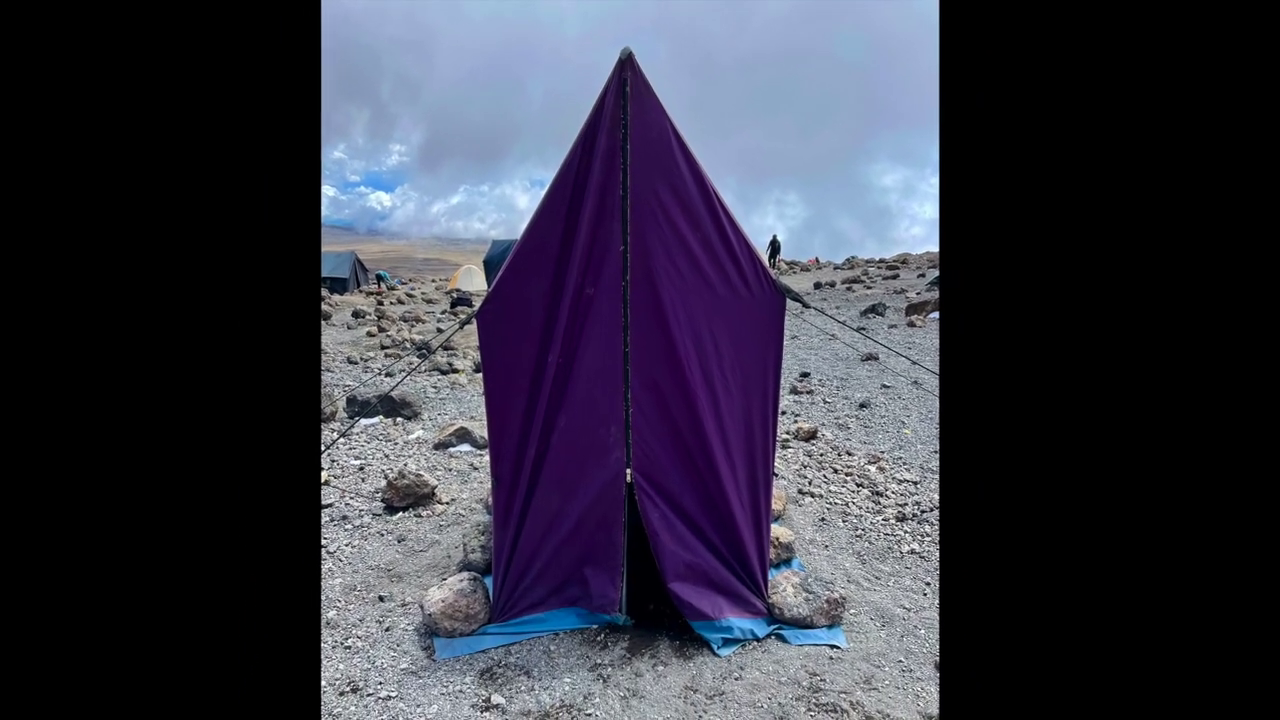
bathroom on mountain kilimanjaro
Bathroom on Mountain Kilimanjaro: What to Expect and How to Prepare Introduction One of the most common — and least discussed — questions from people

Are Guides Readily Available in Tanzania Without Prior Booking?
Are Guides Readily Available in Tanzania Without Prior Booking? Introduction: Should You Risk Climbing Without Pre-Booking? Climbing Mount Kilimanjaro is a dream for many adventurers.
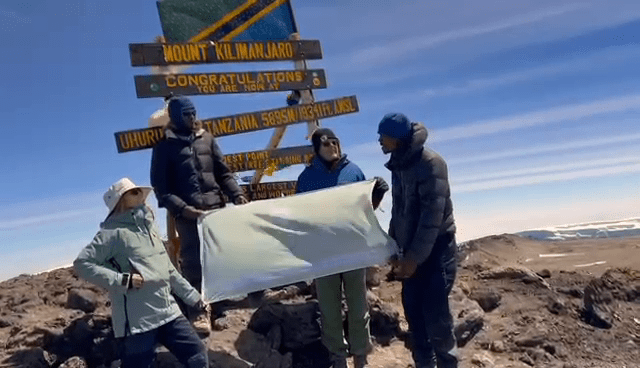
How Can I Find a Reliable Local Guide for My Kilimanjaro Expedition?
How Can I Find a Reliable Local Guide for My Kilimanjaro Expedition? Introduction: Why the Right Guide Is Key to Kilimanjaro Success Climbing Mount Kilimanjaro
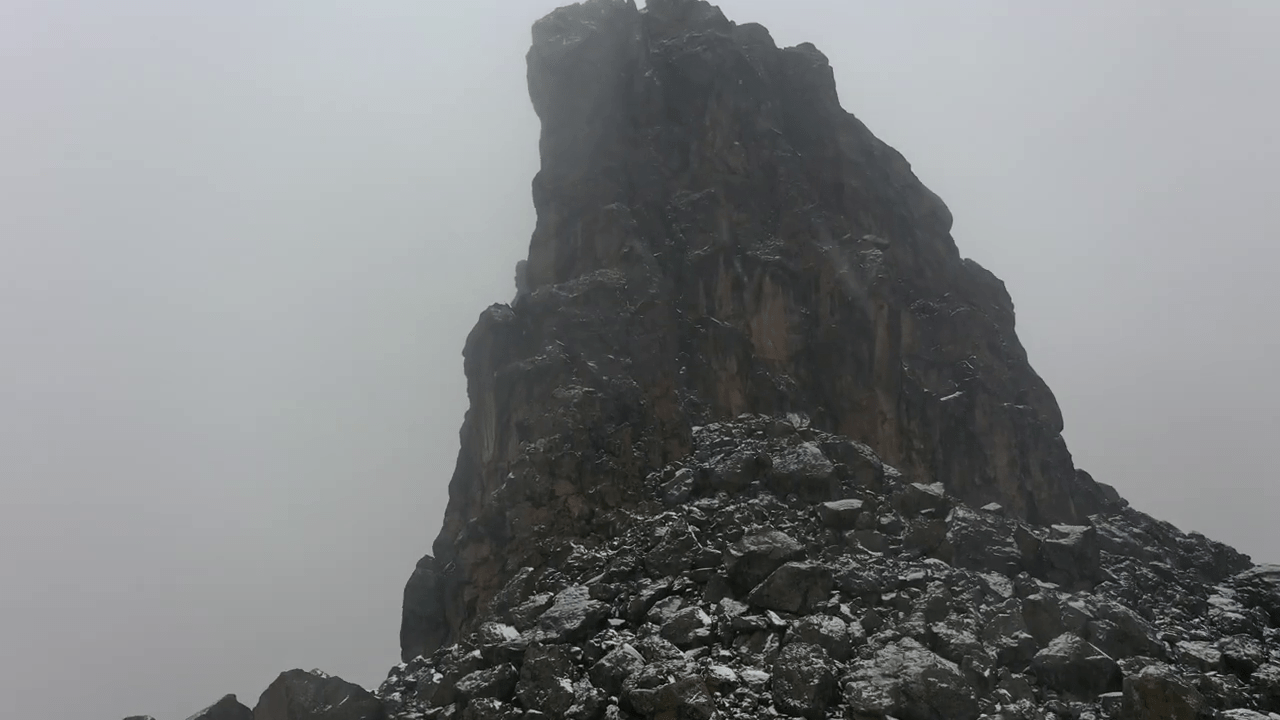
Is Climbing Kilimanjaro Dangerous for Individuals Without Mountaineering Experience?
Is Climbing Kilimanjaro Dangerous for Individuals Without Mountaineering Experience? Introduction: The Myth of Danger and Experience Many aspiring adventurers wonder if climbing Mount Kilimanjaro is
